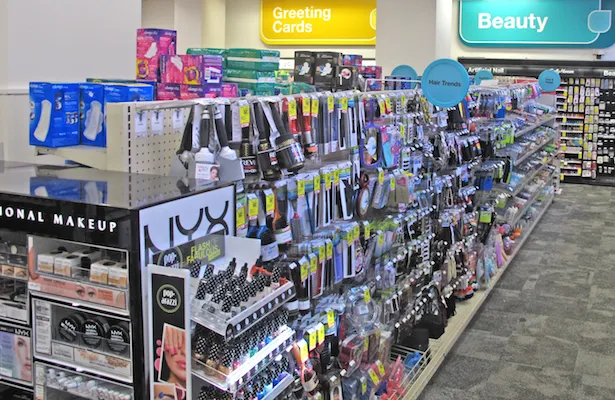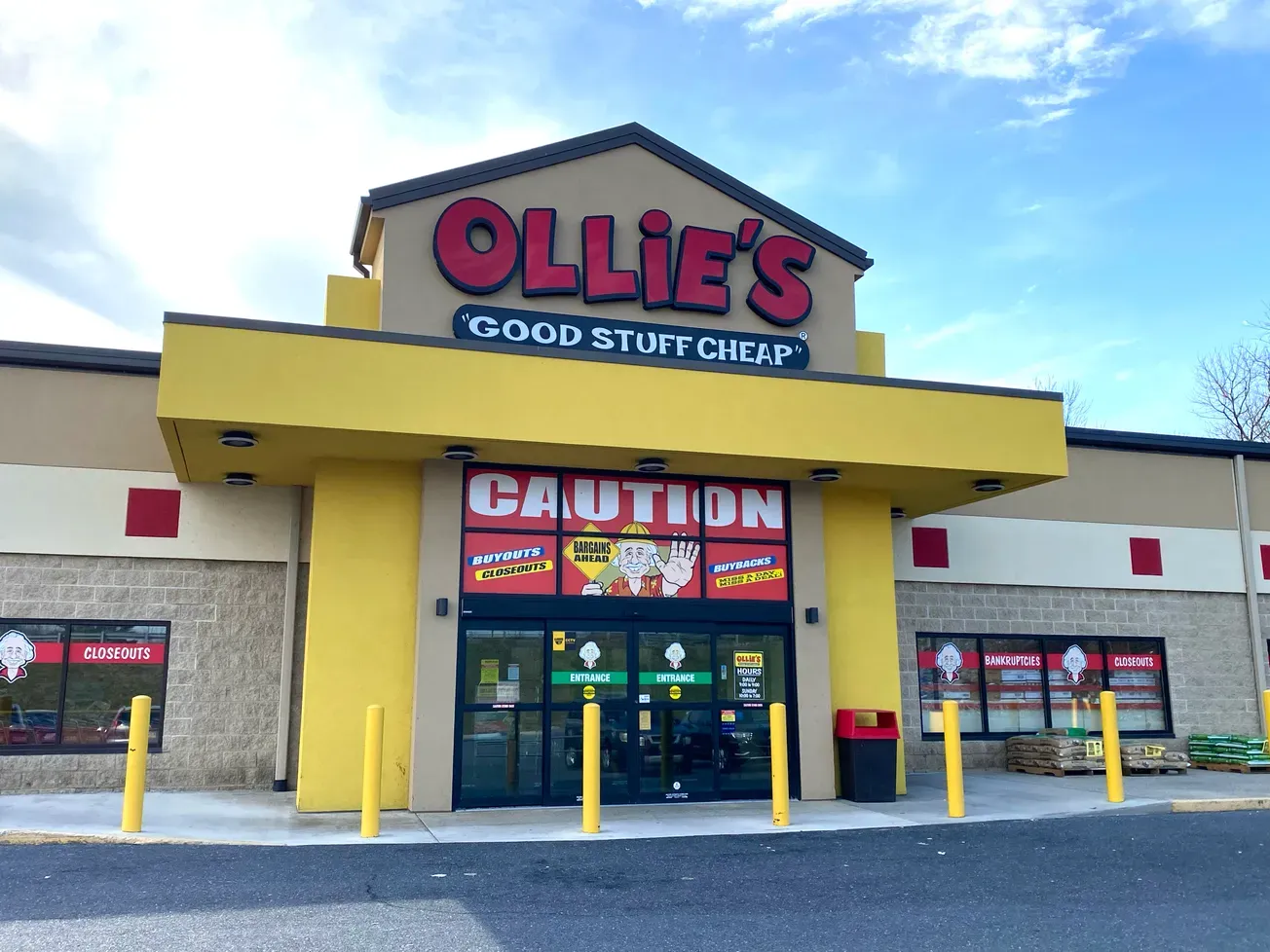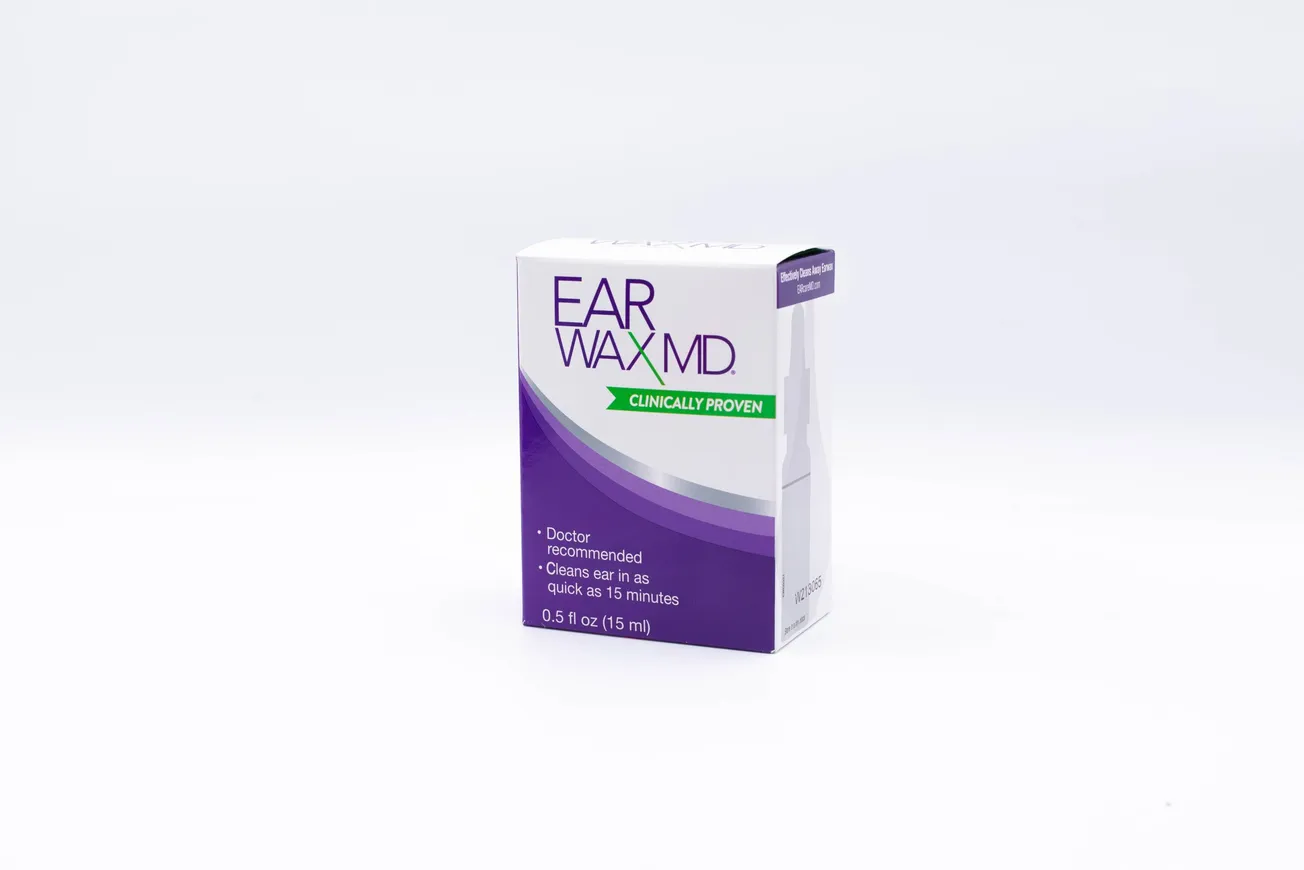There are some consumers who see the drug store shopping experience as all about convenience. And if you work for one of the Big Three drug chains, this is incredibly frustrating because of the considerable efforts each of these chains has to make to understand its shopper’s personal attributes, her brand preferences and her purchase cycles … and to leverage this understanding to identify, target and tailor her shopping experiences.

Bill Bergin
What’s even more frustrating for these chains is that their supplier partners approach them in the same way and engage all three as the “drug class of trade.” Many broker models also fall into this same way of thinking. Suppliers would never consider approaching Walmart and Target the same way. Why would they do that for the major players in drug?
Walgreens, CVS and Rite Aid are each uniquely different in their business models and their go-to-market strategies. All have unique strategies for the way they cluster stores as well as customers. They have unique marketing and merchandising programs, which create real opportunity to drive incremental sales. Their data and loyalty programs have different capabilities, with unique mining and targeting advantages. Each retailer will require a different level of support for these programs, and it is critically important that suppliers understand each of their expectations.

Rhonda Johnson
It is more than simply offering a different menu of programs and speaking in different terminologies — all of this speaks to the deeply different approaches each company is taking to grapple with the paradigm shift under way in brick-and-mortar retail.
Providing convenience and value may top the list in meeting the needs of the constantly evolving consumer, but “value” can be defined in many different ways to different consumers. The retailers know this, and they’re focusing on the consumers with whom they can really connect, areas where they perform the best and where they believe they can hold onto or grow their market share. They want to differentiate the shopping experience in their stores. How do we work together to make it simpler, make it more personal, get one more item in the basket? Each drug retailer has a unique program to align with these objectives, and each wants superior execution versus their competition.
Unique market positions and strategies require an approach that optimizes the shopper experience and engagement in each banner in order to create winning success for all. The priority of optimizing sales and profits for your brands while meeting retailer goals is a winning formula, and while this doesn’t come easily, the ability to create strategies that differentiate will be critical.
We understand this at Market Performance Group (MPG). Our new Drug Sales Strategy and Solutions services team supports a differentiated approach that allows for a mutual win at each of the retailers and, importantly, for the consumer/shopper who chooses to engage within that retailer.
We have exceptional talent who help suppliers understand the objectives of each drug retailer and how its brands should be positioned accordingly.
We start with the data and work back into an optimized selling strategy that creates a win-win solution for both parties. The talent for each team includes an executive who has worked within each retailer and has the strategic insights to help guide the team’s approach. Each retail team also has a team leader who has intimate working knowledge and relationships within each retailer and is supported by a world-class team of forecasting and planning analysts; retail, merchandising and category analysts; administrative support; and MPG’s extended network of strategic consultants and retail advisors.
There are many challenges in serving the drug class of trade today. Declining customer counts, erosion of sales to specialty/mass and the threat of Amazon, combined with the cost to serve and ability to foster strong relationships in a time-challenged environment, make it more important than ever to have a clear vision of the role of your brands. This needs to include supply chain efficiencies, margin expectations, the role of private brands and, most important, their impact on shopper value and loyalty.
The suppliers best positioned to win, both at this NACDS Annual Meeting as well as long term, have spent considerable time and resources to build a unique go-to-market strategy for their brands, customized for each of the drug retailers. The days of treating them as a single entity need to be a thing of the past.
Bill Bergin is executive vice president of drug channel sales strategy and solutions, and Rhonda Johnson is executive vice president of business development, at Market Performance Group. For more information, please visit marketperformancegroup.com.









